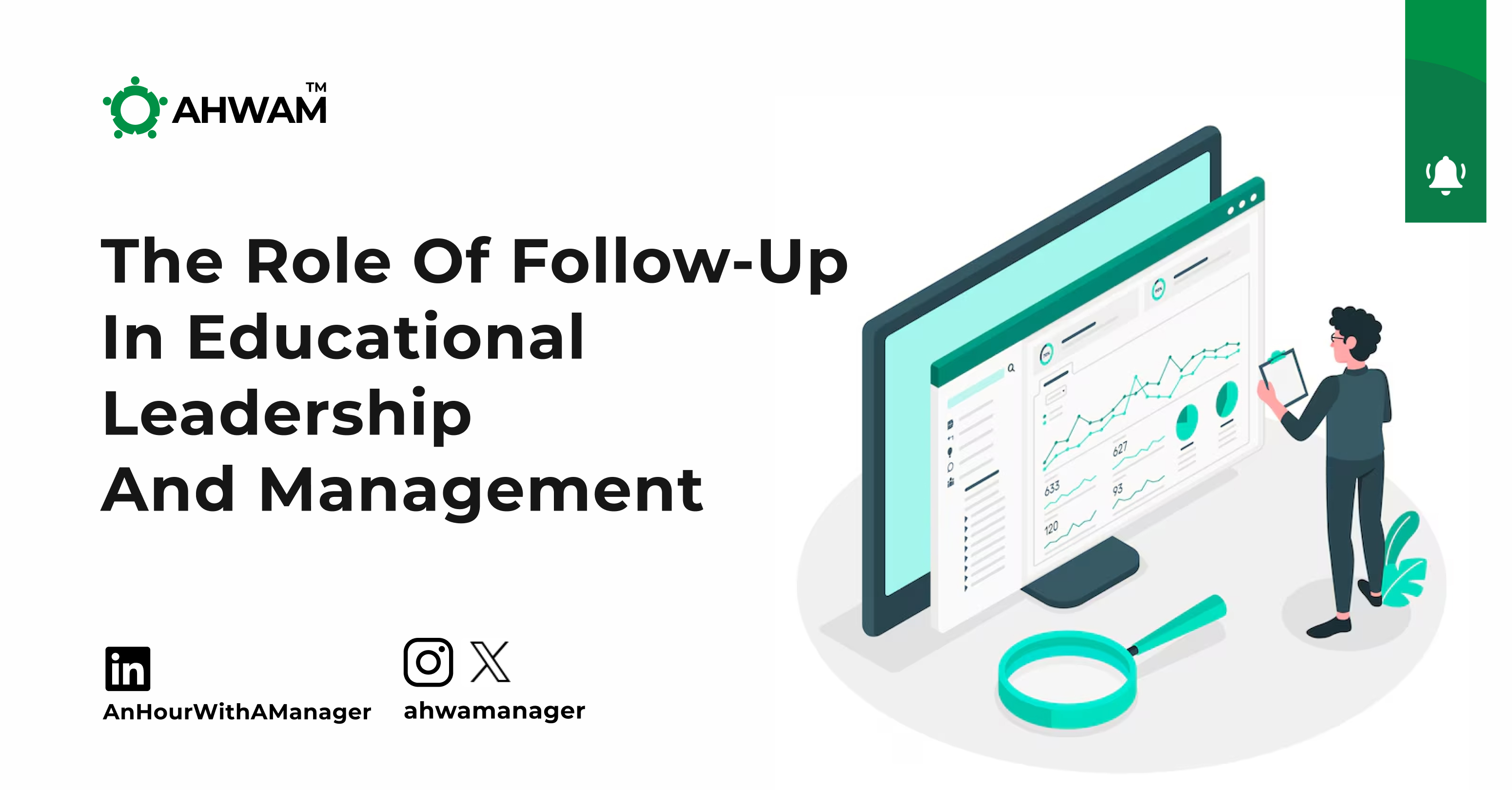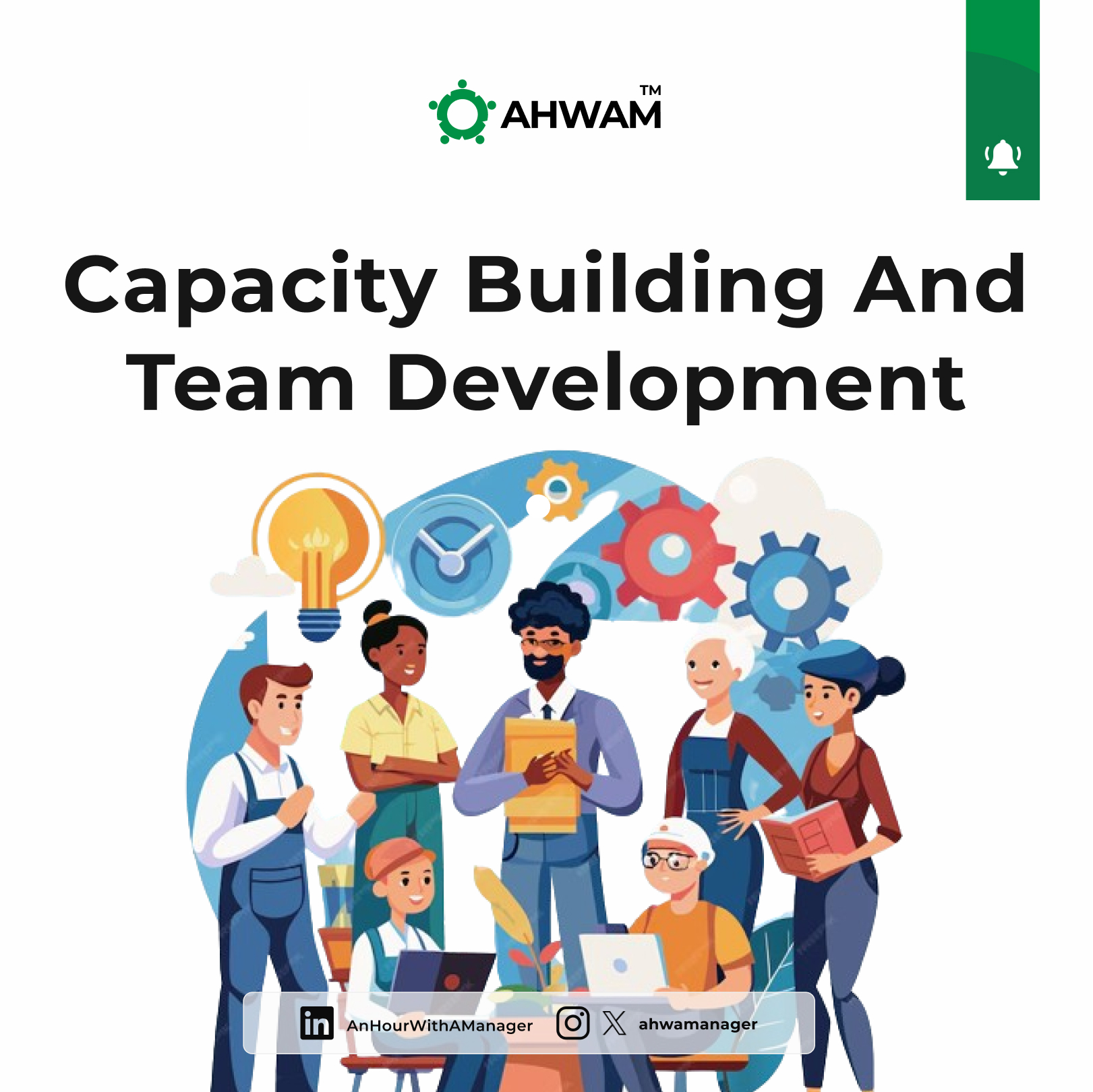The dynamics of education are evolving rapidly, demanding innovative approaches to leadership. At the heart of successful educational management lies the often-overlooked yet crucial practice of follow-up. A recent discussion delved deep into this topic, revealing its profound impact on student outcomes, staff development, and overall institutional efficacy.
The Power of Follow-Up in Education
Follow-up, in essence, is a commitment to action. It's about closing the loop, ensuring that decisions, initiatives, and interactions lead to tangible results. In education, it involves tracking student progress, providing timely feedback to teachers, and evaluating the efficacy of programs.
The Importance of Relationships The discussion underscored the inextricable link between follow-up and relationship building. By consistently checking in with students, staff, and parents, educators demonstrate care and commitment. These connections foster trust, respect, and a sense of belonging, essential elements for a supportive learning environment.
Leveraging Technology for Impact While challenges persist in many educational settings, particularly in terms of infrastructure, the potential of technology to enhance follow-up is undeniable. From tracking student progress to facilitating communication, digital tools can streamline processes and improve efficiency.
Addressing Diverse Needs The conversation highlighted the importance of addressing the unique needs of all students, especially those with disabilities. Trauma-informed care and data-driven approaches 
The Role of Feedback Continuous feedback is a cornerstone of growth. For both students and staff, regular feedback helps identify strengths, weaknesses, and areas for improvement. It fosters a culture of learning and development, empowering individuals to reach their full potential.
Challenges and Opportunities
Navigating policy changes, managing diverse teams, and addressing the digital divide are just some of the challenges facing educational leaders. However, these challenges also present opportunities for innovation and growth. By embracing collaboration, leveraging technology, and focusing on student well-being, leaders can overcome obstacles and create positive change.
Key Takeaways for Educational Leaders
- Prioritize follow-up: Make it a consistent part of your leadership routine.
- Build strong relationships: Foster trust and collaboration among all stakeholders.
- Leverage technology: Utilize digital tools to enhance efficiency and communication.
- Focus on student well-being: Create a supportive and inclusive learning environment.
- Embrace continuous improvement: Seek feedback and adapt your practices accordingly.
- Develop a strong leadership team: Build capacity and foster collaboration among staff.
By implementing these strategies, educational leaders can create a more effective, equitable, and student-centered learning environment.
Summary
In conclusion, effective educational leadership is about more than just managing; it's about inspiring, supporting, and empowering. By focusing on follow-up, building relationships, leveraging technology, and prioritizing well-being, leaders can create a positive and impactful learning environment for all. If you missed this session, you can catch up with the episode here https://www.youtube.com/watch?v=VC_BWWjl9VY










